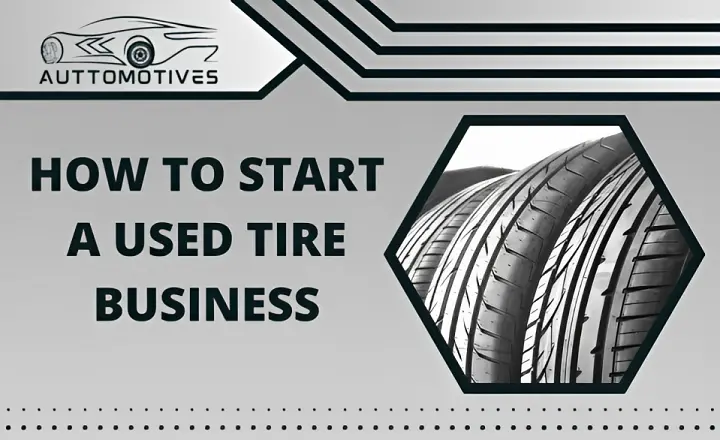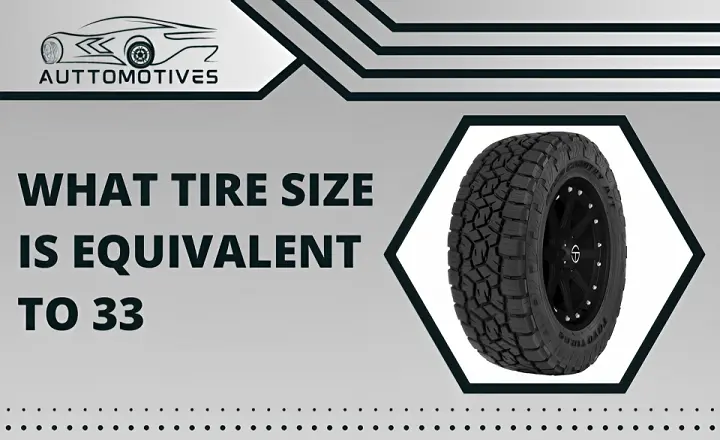How to Keep Snow from Packing in Wheels | Amazing Tips from Expert
Winter can be a challenging season for motorists, especially those who live in areas that are prone to snowfall. One of the most common problems during winter is when snow gets packed in wheels, which can make it difficult to drive or even cause damage to your vehicle. If you are looking for ways on How to Keep Snow from Packing in Wheels, you have come to the right place.
In this article, we will discuss some practical tips and tricks that every driver should know to prevent snow from packing in their wheels. From simple techniques like using tire chains and salt to more advanced methods like adding weight to your vehicle or changing the type of tires you use, we have got you covered.
How to Keep Snow from Packing in Wheels

Winter can be a challenging season for motorists, especially those that live in areas with heavy snowfall. One of the most significant problems drivers face during this time is having snowpack in their wheels. This issue can cause numerous driving challenges such as reduced traction, difficulty turning, and even damage to your vehicle’s wheels. Therefore, it is crucial to take steps to prevent snow from packing on your wheels.
With a stick, clear the snow.
When removing snow from your car’s wheels, a stick can be incredibly useful. It provides an easy and affordable solution for clearing away any snow that gathers in the crevices of your tires. The best part about using a stick is that it doesn’t require any expensive equipment or specialized tools.
If you want to take your snow-clearing game to the next level, consider finding a stick with a little tip. This addition can make all the difference when trying to remove stubborn chunks of snow or ice. With a pointed end, you’ll have more precision and control over where you’re directing your efforts, allowing you to get into tighter spaces without causing damage.
Using a stick to clear away snow from your car’s wheels is an effective and convenient method that anyone can use.
Apply silicone spray
Winter is a magical season with snowflakes and hot cocoa, but it also means shoveling your driveway and cleaning off your car. Snow removal can be a daunting task, but there is a solution that can make the process much easier – silicone spray. Silicone spray has been used for years as an anti-adhesive agent, and it works just as well on snow.
To start using silicone spray to remove snow, apply a generous amount directly onto the surface of the snow. The spray will create an invisible layer between the surface and the snow, making it much easier to remove. Not only does this save time and effort from scraping off ice manually, but it’s also safer since you won’t have to worry about slipping or injuring yourself.
The best thing about silicone spray is its long-lasting effect. Once applied, you won’t need to reapply again until after several uses.
Conduct heat
The heat generated around the wheels of a vehicle can be used to melt snow and ice on the road. This is possible due to the conductive nature of heat, which allows it to transfer from one object to another. As a car moves along the road, its wheels generate friction with the surface, producing heat.
This heat can then be transferred to any snow or ice in contact with the wheels, causing it to melt and slide away without packing into the wheels. The process helps prevent accidents caused by slippery roads during winter seasons. This method may not work effectively in extreme weather conditions where temperatures are too low for sufficient melting.
Using wheel-generated heat for de-icing roads is an innovative way of tackling winter hazards on our roads. It reduces dependence on salt and other chemicals that could harm both humans and the environment while ensuring better safety on our roads.
What occurs if you don’t clear the snow promptly?

As the winter season approaches, it is important to understand how crucial timely snow removal is. When snow piles up on your driveway or sidewalks, it can become a hazard for pedestrians and drivers alike. Delaying snow removal could result in accidents or injuries that could have been easily prevented. Furthermore, if you don’t clear the snow promptly, additional issues will arise.
One of the biggest problems that can occur from delayed snow removal is ice formation. As temperatures fluctuate between freezing and thawing, the snow on your property will begin to melt and refreeze. This creates a layer of ice that can be extremely dangerous to walk or drive on. Not only does this increase the likelihood of accidents occurring but also makes removing the ice more difficult than removing just the snow. Another issue that may arise from delayed snow removal is damage to your property’s exterior.
Why does snow accumulate on wheels?
When winter rolls around, many people are faced with the daunting task of clearing snow from their driveways and sidewalks. For those who rely on wheeled vehicles to get around, snow accumulation can be an even bigger headache. One of the reasons why this happens is due to the use of chemical paint removers.
These paint removers contain a compound known as methylene chloride, which is highly effective at stripping away layers of paint. when it comes into contact with snow or ice, it has the unfortunate side effect of melting the frozen precipitation. This creates a slushy mix that tends to cling onto wheels and other surfaces more easily than dry snowflakes.
Another reason why snow accumulates on wheels has to do with aerodynamics. As a vehicle moves forward, air currents flow around it in a specific pattern known as laminar flow.
Can cold weather harm the rims on my car?
Yes, accidental use during the winter can harm your car’s rims. The cold and harsh conditions of winter can be tough on vehicles, especially their rims. One of the main reasons for this is due to the presence of salt and other chemicals used on roads to melt snow and ice. These substances are corrosive and can eat away at the metal of your rims over time.
Another factor that contributes to rim damage in winter is potholes. The freezing and thawing cycles in colder months cause the pavement to expand and contract, creating cracks in roads that lead to potholes. Hitting one of these craters with force can easily bend or crack a rim, leading to costly repairs or replacement. Low tire pressure caused by fluctuating temperatures during the winter months can also increase the risk of rim damage from hitting a pothole or other obstacle on the road.
What should one do if their car gets stuck in the snow?
If you find yourself driving in the snow and your vehicle gets stuck, it’s essential to know what to do. One crucial fact that many drivers overlook is turning off their traction control before attempting to remove the automobile from the snow. Traction control is a safety feature that helps prevent wheelspin on slippery surfaces like ice or snow.
When your car becomes stuck in snow, this feature can work against you. With traction control engaged, the car will automatically reduce power or brake individual wheels to maintain grip with the surface. This can make it challenging for you to rock your vehicle back and forth or use other methods of removing it from its position in deep snow.
To turn off traction control, consult your owner’s manual as different cars may have varying procedures. In some cases, all you need is a press of a button on your dashboard.
Conclusion
Preventing snow from packing in wheels is essential for safe and efficient travel during the winter months. Using any of these methods mentioned can help you avoid getting stuck in snow or ice. Remember to clear out your wheels before driving, invest in tire chains if necessary, and use a good-quality anti-snow solution to keep your ride smooth and prevent any accidents. By following these tips, you can enjoy safe travels even when the weather outside is frightful. Stay safe out there!
Frequently Asked Questions
How can I maintain the condition of my car’s rims in the snow?
There are a few things you can do to help maintain the condition of your car’s rims in the snow. First, make sure you keep your car clean. Second, use a winter tire that is specifically designed for snowy conditions. Finally, make sure your rims are properly inflated.
How do small and compact tire cars handle snow and ice?
Tire cars that are designed for snow and ice handling generally have a larger diameter tire than those designed for normal street use. This allows the car to grip the snow and ice better and also makes the car more stable in these conditions. Some tire cars also have special traction devices or suspension systems that help to keep the car from getting stuck in the snow or ice.







